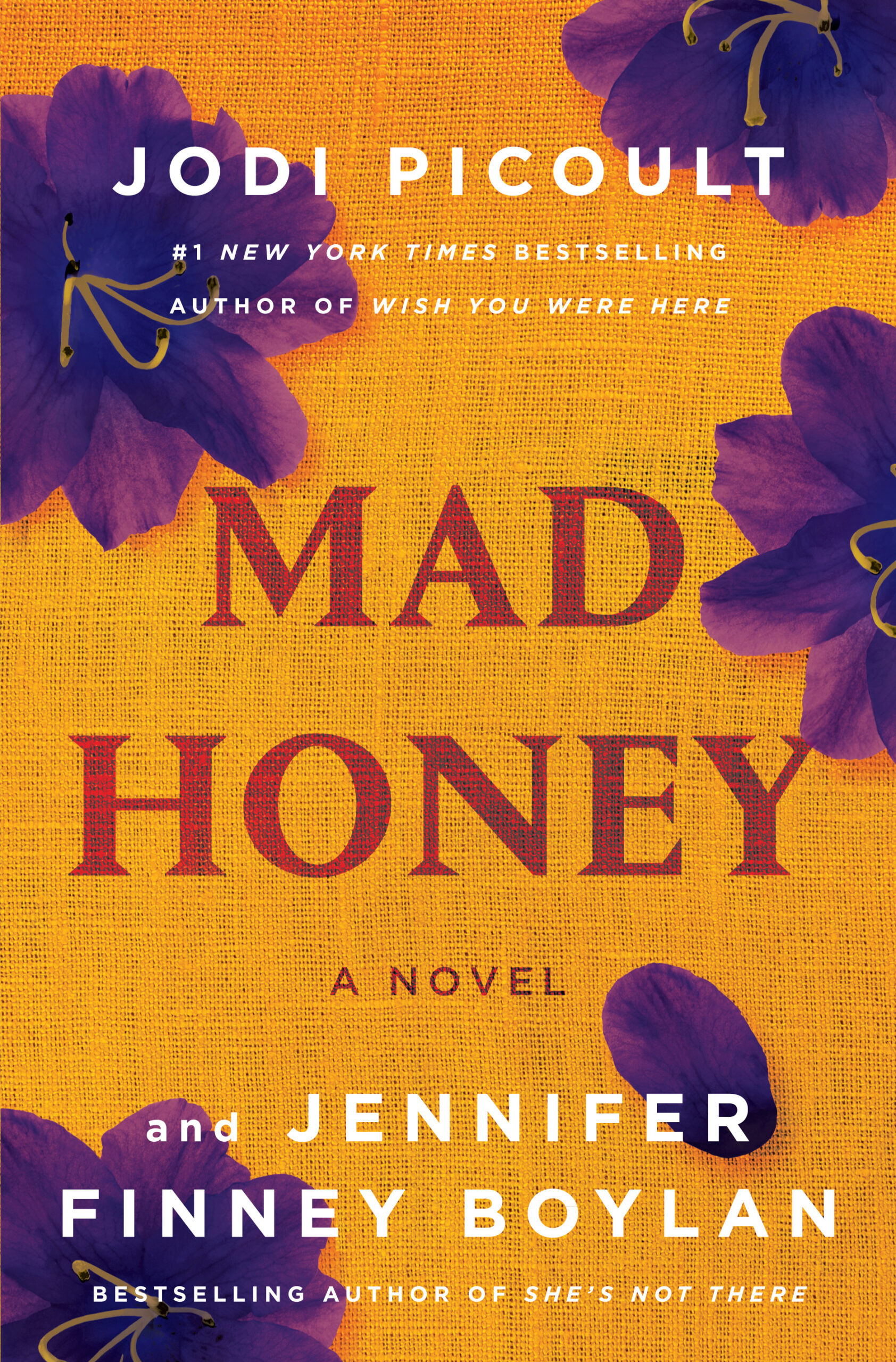Introduction: A Novel of Many Layers
Mad Honey, the collaborative work between bestselling author Jodi Picoult and transgender activist/author Jennifer Finney Boylan, represents a significant entry in contemporary fiction that deftly combines courtroom drama with intimate explorations of identity. The novel’s unique structure and sensitive handling of complex themes have made it both a critical success and a book club favorite.
Detailed Plot Summary
The Dual Narrative Structure
The story unfolds through two primary perspectives:
- Olivia McAfee: A beekeeper and single mother whose son Asher stands accused of murdering his girlfriend Lily. Her narrative moves forward through the trial.
- Lily Campanello: The deceased girlfriend whose story is revealed in reverse chronology, allowing readers to piece together her life leading up to the tragic event.
Key Plot Points
The novel opens with Olivia receiving a phone call informing her that Asher has been arrested after Lily was found dead at the bottom of a staircase. What follows is:
- A meticulous courtroom drama as defense attorney Jordan McAfee (a recurring Picoult character) builds Asher’s defense
- The gradual revelation of Lily’s identity as a transgender woman (disclosed around page 200)
- Exploration of Olivia’s past as a survivor of domestic abuse
- The complex relationship dynamics between Asher and Lily
- The eventual revelation of what truly happened the night Lily died
⚠️ MAJOR SPOILER WARNING: The following sections contain significant plot details. Scroll past to avoid spoilers about the ending and key revelations
Character Deep Dive
Olivia McAfee: The Protective Mother
Olivia’s character arc is one of the novel’s strongest elements. Having fled an abusive marriage when Asher was young, she’s built a new life as a beekeeper in her family’s hometown. Her internal conflict – wondering if her son could be capable of violence like his father – provides profound psychological depth.
Lily Campanello: A Life Revealed Backward
Lily’s reverse chronology narrative is a brilliant structural choice that allows readers to first connect with her as a person before learning about her transgender identity. Her backstory reveals:
- A difficult relationship with her father who struggled to accept her identity
- Previous experiences with bullying and violence
- Her medication regimen and its potential relevance to her death
Asher Fields: The Accused
Asher’s characterization walks a delicate line between potential perpetrator and misunderstood young man. His secret meetings with his abusive father add layers to his psychological profile.
Themes and Symbolism
Nature vs. Nurture
The novel constantly questions whether violent tendencies are inherited or learned. Olivia’s fear that Asher might have his father’s temper creates palpable tension.
The “Mad Honey” Metaphor
The titular mad honey (produced when bees feed on rhododendron flowers) serves as a powerful symbol:
- Its dual nature – sweet yet potentially poisonous – mirrors the novel’s exploration of how love can turn toxic
- Represents hidden dangers beneath seemingly normal surfaces
- Parallels how societal prejudices can poison relationships
Bee Behavior as Human Allegory
Olivia’s beekeeping knowledge provides numerous parallels to human society:
- Queen bee dynamics reflecting power structures
- Hive mentality and social conformity
- The concept of “colony collapse” mirroring family breakdown
Literary Devices and Writing Style
Dual Timeline Structure
The alternating forward (Olivia) and backward (Lily) narratives create:
- Increasing tension as timelines converge
- Opportunities for dramatic irony
- A puzzle-like quality that engages readers
Courtroom Drama Techniques
Picoult’s signature legal elements shine through with:
- Meticulous trial procedure details
- Strategic witness examinations
- Thematic arguments about reasonable doubt
Collaborative Writing
The partnership between Picoult and Boylan brings:
- Authentic transgender perspective (Boylan’s contribution)
- Picoult’s trademark issue-driven storytelling
- Seamless narrative voice despite dual authorship
Critical Analysis: Strengths and Weaknesses
What Works Exceptionally Well
- Trans representation: Lily’s character avoids stereotypes, presenting a fully realized individual
- Psychological depth: Olivia’s maternal conflict feels authentic and compelling
- Structural innovation: The reverse chronology creates unique suspense
- Educational elements: Beekeeping details add texture and metaphor
Potential Criticisms
- Pacing issues: Some readers find the middle section slows with beekeeping details
- Predictable elements: Experienced mystery readers may guess some twists early
- Supporting characters: Some secondary roles feel underdeveloped
- Ending divisiveness: The resolution has sparked debate among readers
The Ending Explained (Full Spoilers)
The novel’s conclusion reveals that:
-
- Asher is ultimately innocent of Lily’s murder
- The true killer is Asher’s childhood friend Selena, motivated by jealousy
- Lily’s death resulted from a combination of her medications and the fall
- The prosecution’s theory about trans panic as motive is disproven
Reader’s Guide: Discussion Questions
-
- How does the reverse chronology affect your understanding of Lily’s character?
- Did the beekeeping metaphors enhance or distract from the main narrative?
- How does the novel challenge assumptions about gender and violence?
- Was the ending satisfying? How might you have concluded the story differently?
- What commentary does the book offer about the American legal system?
Comparisons to Other Works
| Book | Similarities | Differences |
|---|---|---|
| Small Great Things (Picoult) | Courtroom drama, social issues | Focus on race rather than gender |
| She’s Not There (Boylan) | Transgender experience | Memoir rather than fiction |
| Defending Jacob (Landay) | Parent defending accused child | No LGBTQ+ focus |
Final Verdict
Mad Honey succeeds as a thought-provoking, emotionally resonant novel that tackles difficult subjects with nuance and compassion. While the pacing occasionally falters and the ending may divide readers, its strengths in character development, social commentary, and innovative structure make it a standout work in contemporary fiction.
Recommended for: Readers who enjoy issue-driven fiction, courtroom dramas, and complex family stories. Those interested in LGBTQ+ narratives will find particularly valuable perspectives.
Content warnings: Domestic abuse, transphobia, violence, death
